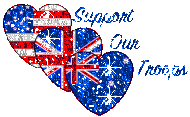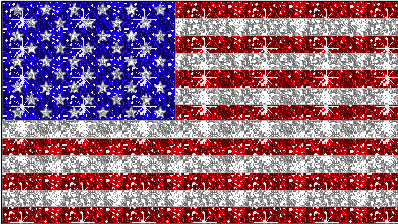
John Bull is a national personification of the Kingdom of Great Britain and England, originating in the creation of Dr. John Arbuthnot in 1712, and popularised first by British print makers and then overseas by illustrators and writers such as American cartoonist Thomas Nast and Irish writer George Bernard Shaw, author of John Bull's Other Island. He is sometimes used to refer to the whole of the United Kingdom, but has not been widely accepted in Scotland or Wales as he is viewed there as English rather than British. Britannia, or a lion, is therefore used as an alternative in some editorial cartoons. Although embraced by Unionists, Bull is rejected by most nationalists in Northern Ireland as well.
As a literary figure, John Bull is well-intentioned, frustrated, full of common sense, and entirely of native country stock. Unlike Uncle Sam later, he is not a figure of authority but rather a yeoman who prefers his small beer and domestic peace, possessed of neither patriarchal power nor heroic defiance. Arbuthnot provided him with a sister named Peg (Scotland), and a traditional adversary in Louis Baboon (the House of Bourbon in France). Peg continued in pictorial art beyond the 18th century, but the other figures associated with the original tableau dropped away.
Bull is usually portrayed as a stout, portly man in a tailcoat with light coloured breeches and a top hat which by its shallow crown indicates its middle class identity. During the Georgian period his waistcoat is red and / or his tailcoat is royal blue which, together with his buff or white britches, can thus refer to a greater or lesser extent to the 'blue and buff' scheme used by supporters of Whig politics which is part of what John Arbuthnot wished to deride when he invented the character. By the twentieth century however his waistcoat nearly always depicts a Union Flag waistcoat and his coat is generally dark blue but otherwise still echoing the fashions of the Regency period). He also wears a low topper (sometimes called a John Bull topper) on his head and is often accompanied by a bulldog. John Bull has been used in a variety of different ad campaigns over the years, and is a common sight in British editorial cartoons of the 19th and early 20th centuries.


No hay comentarios:
Publicar un comentario